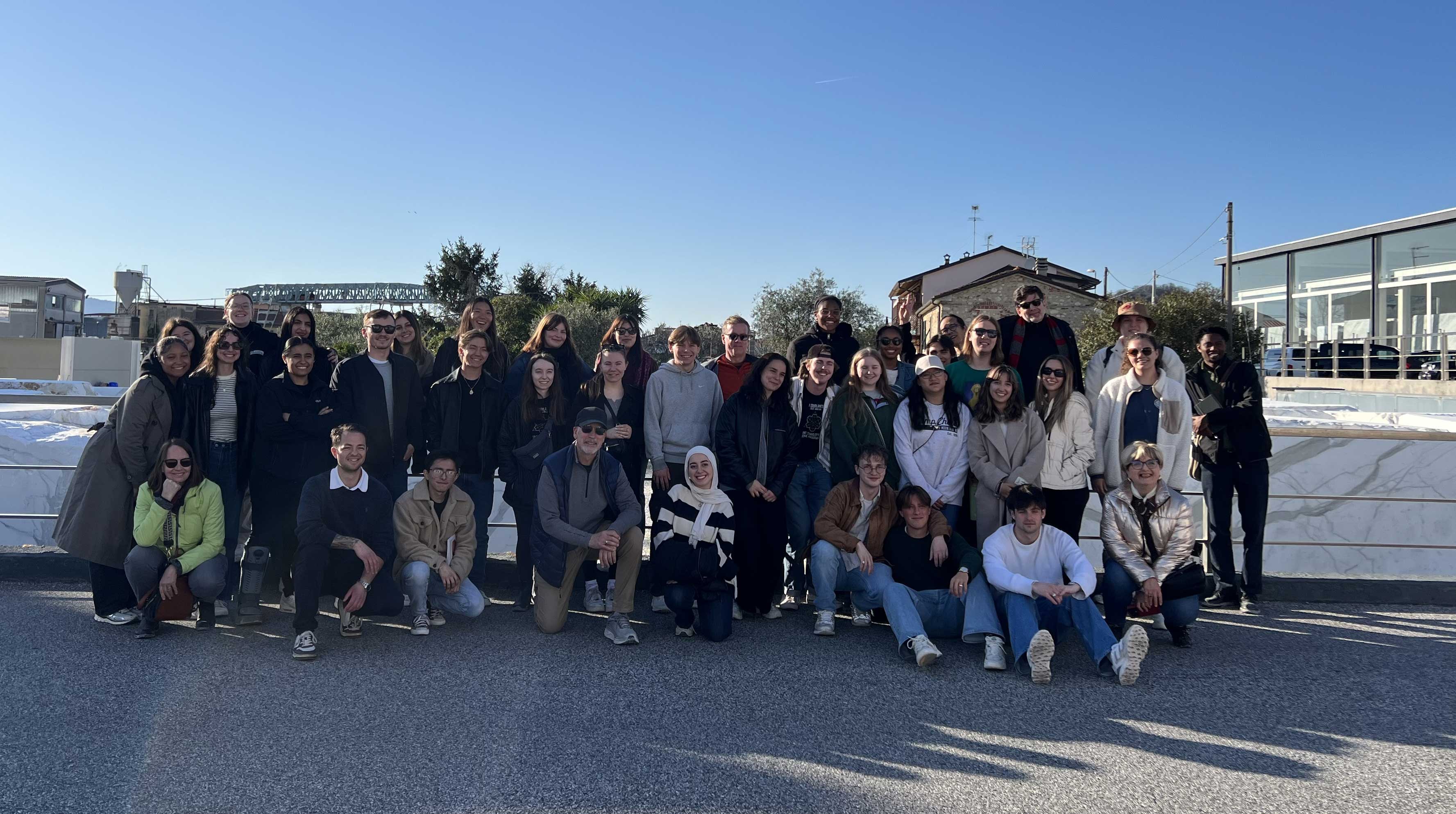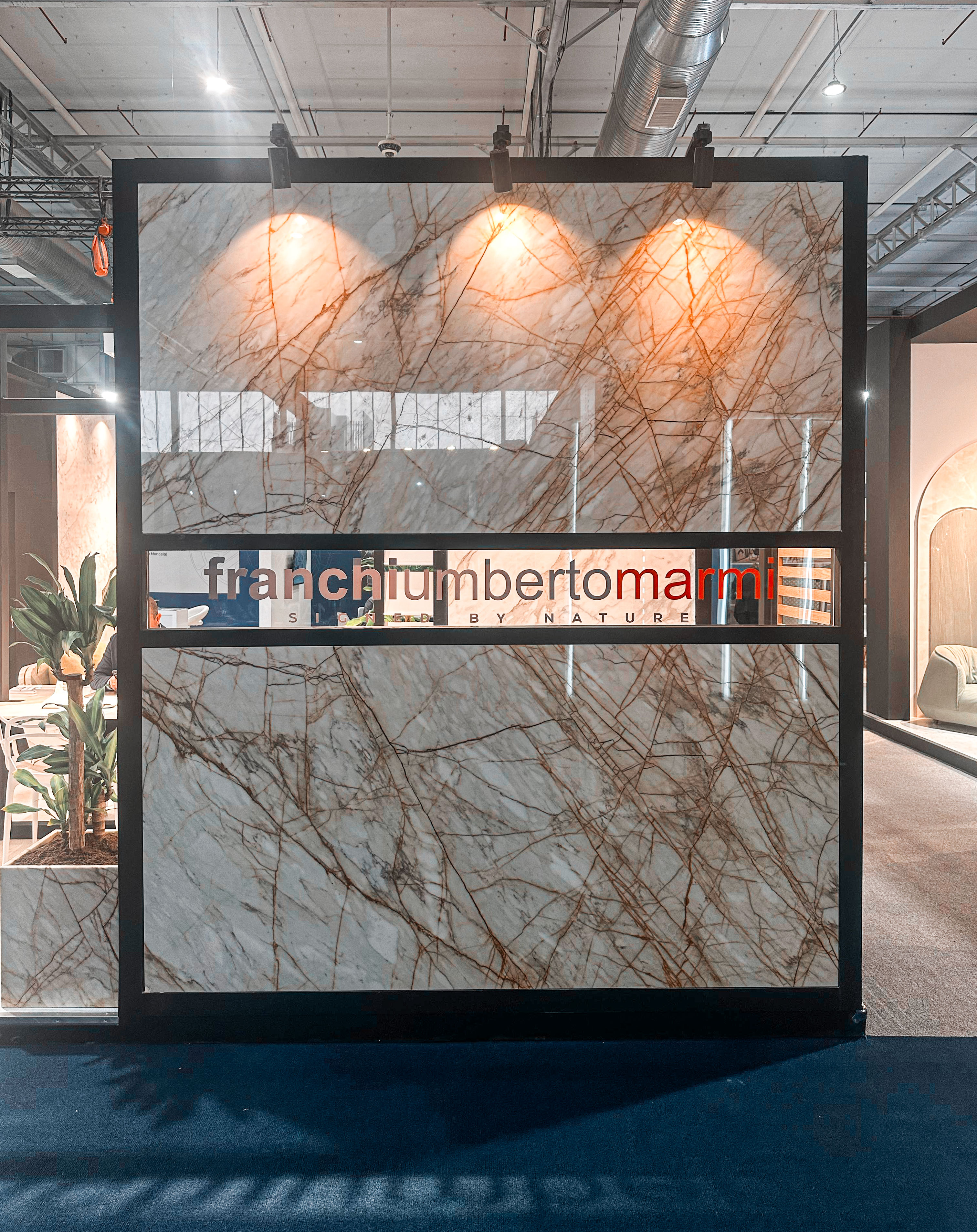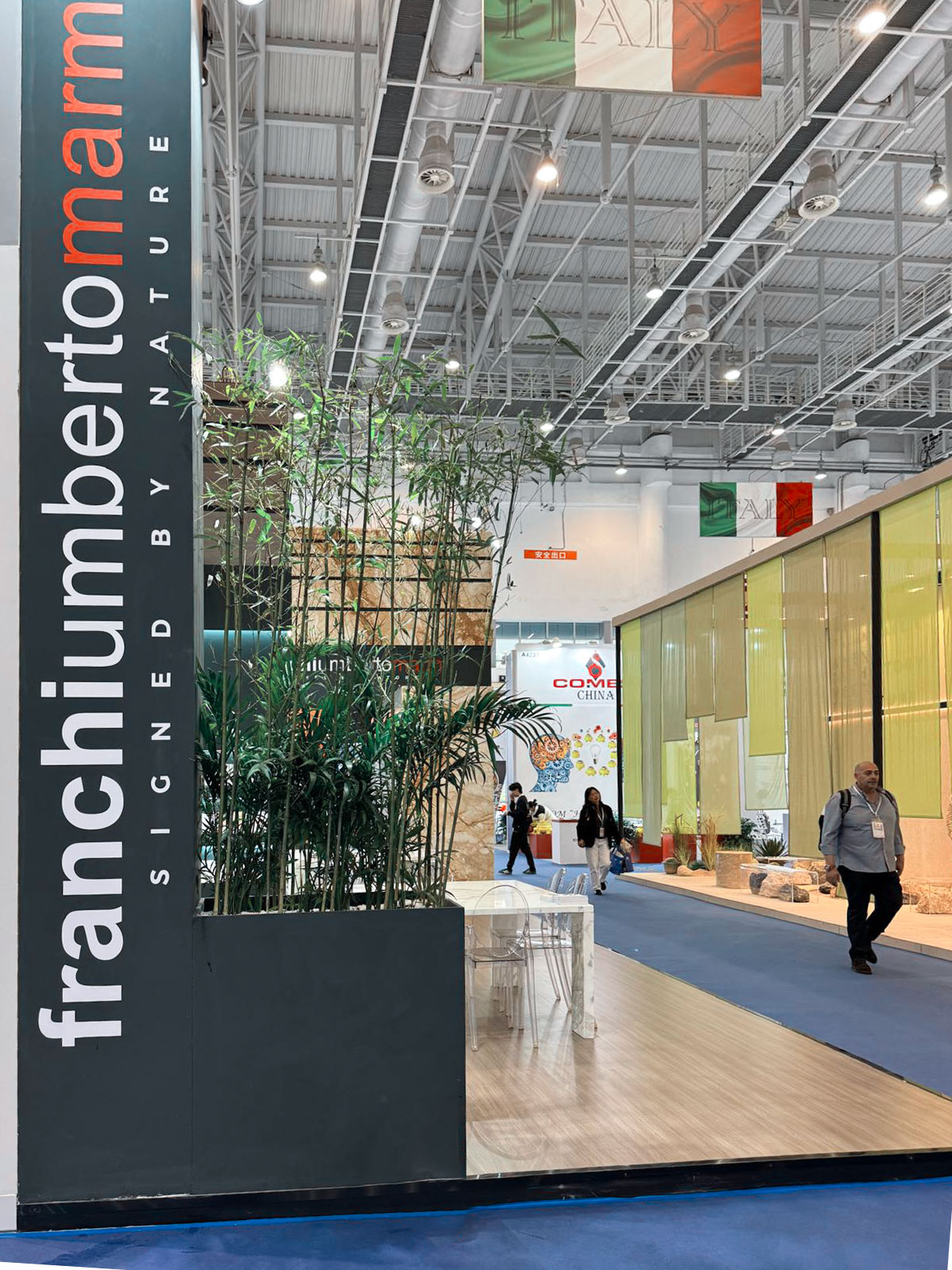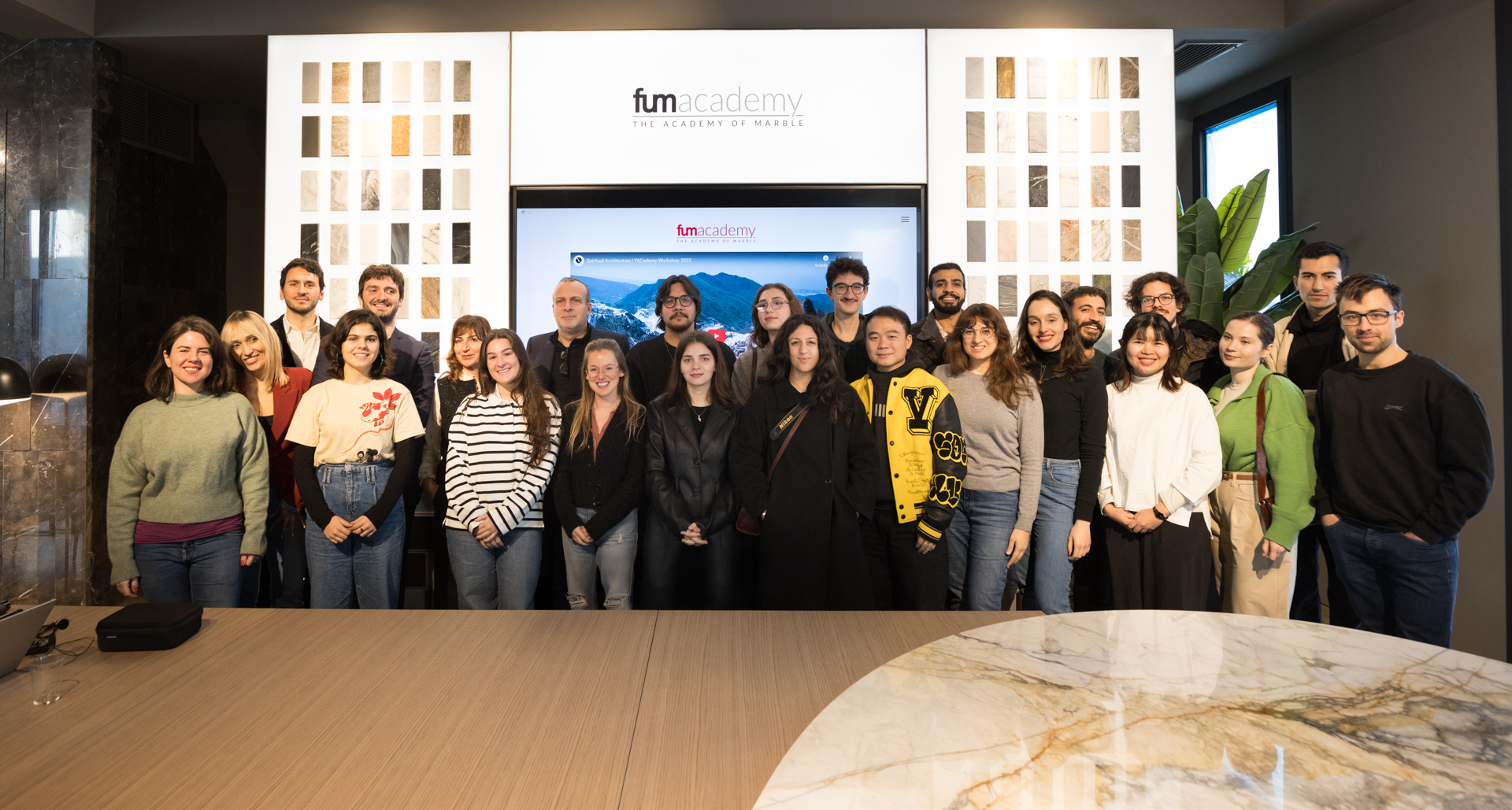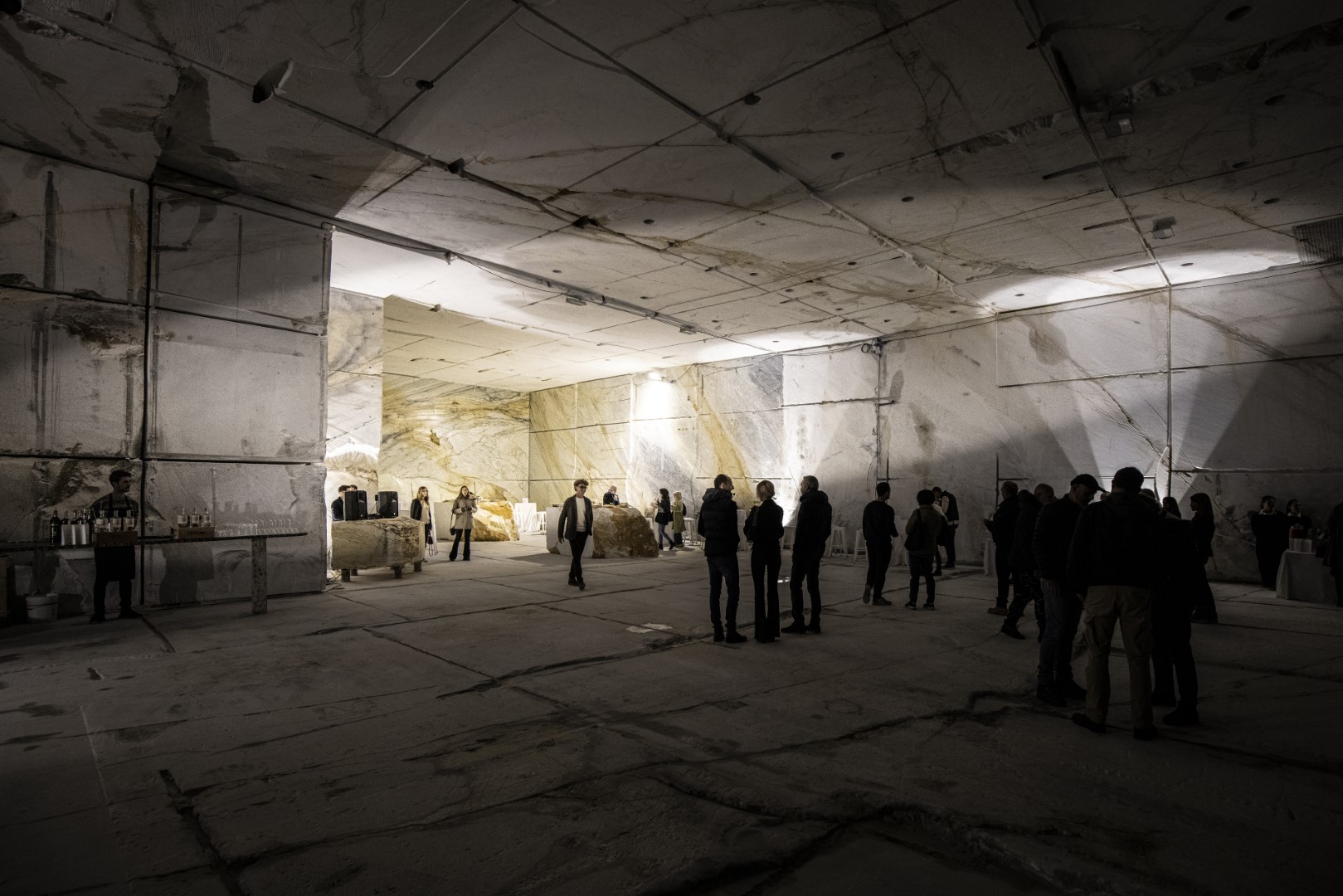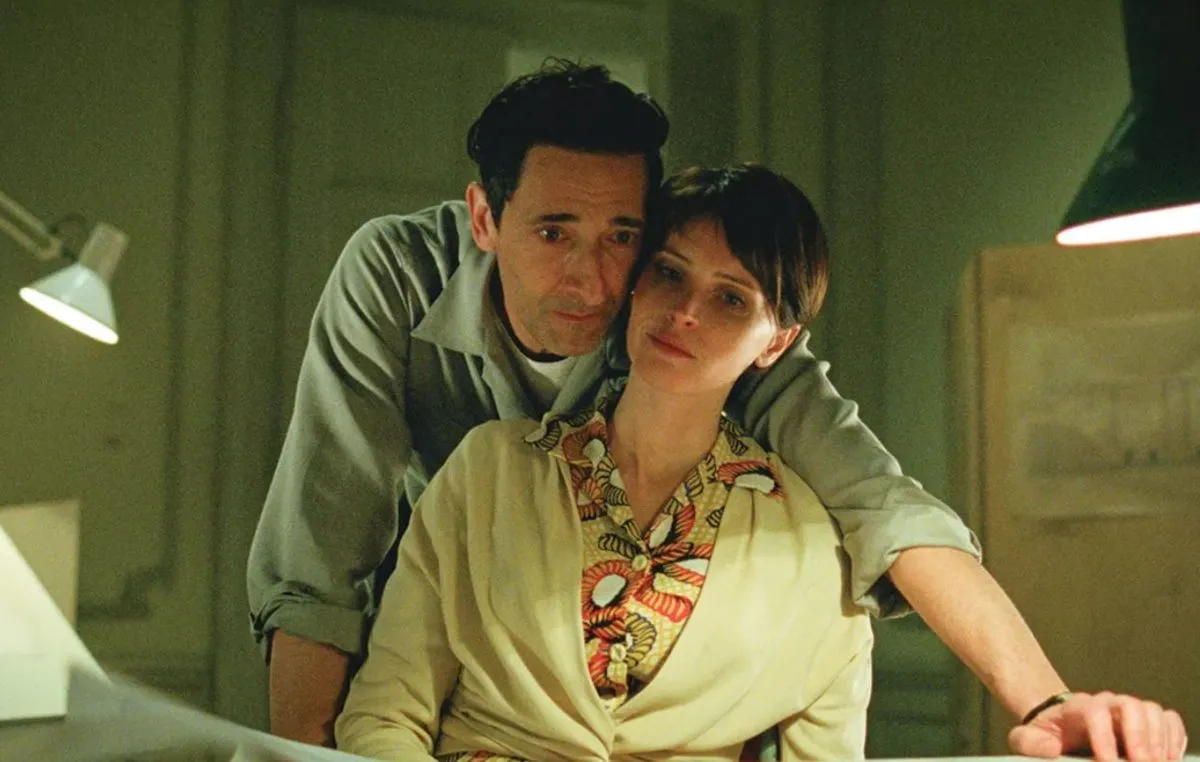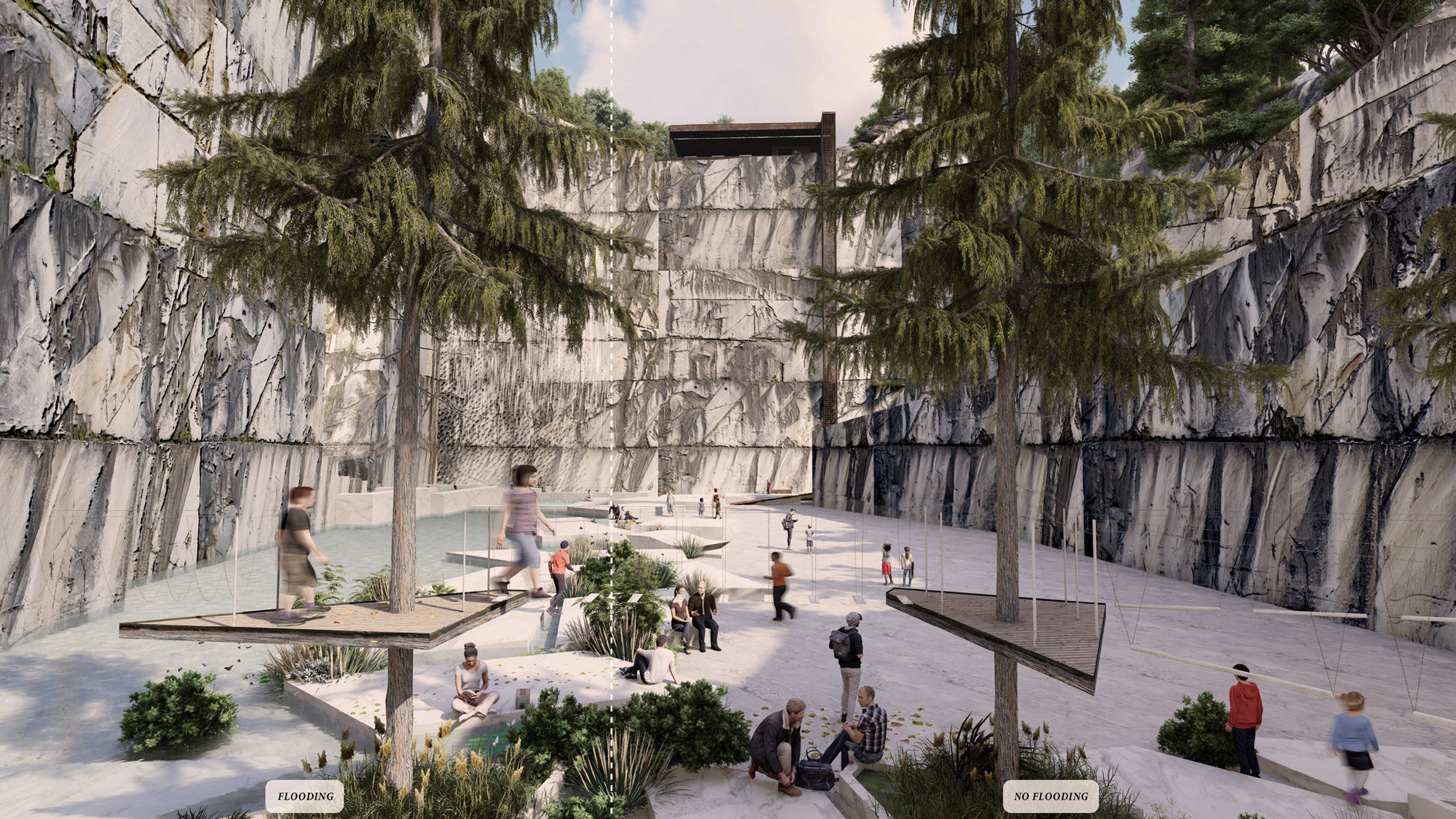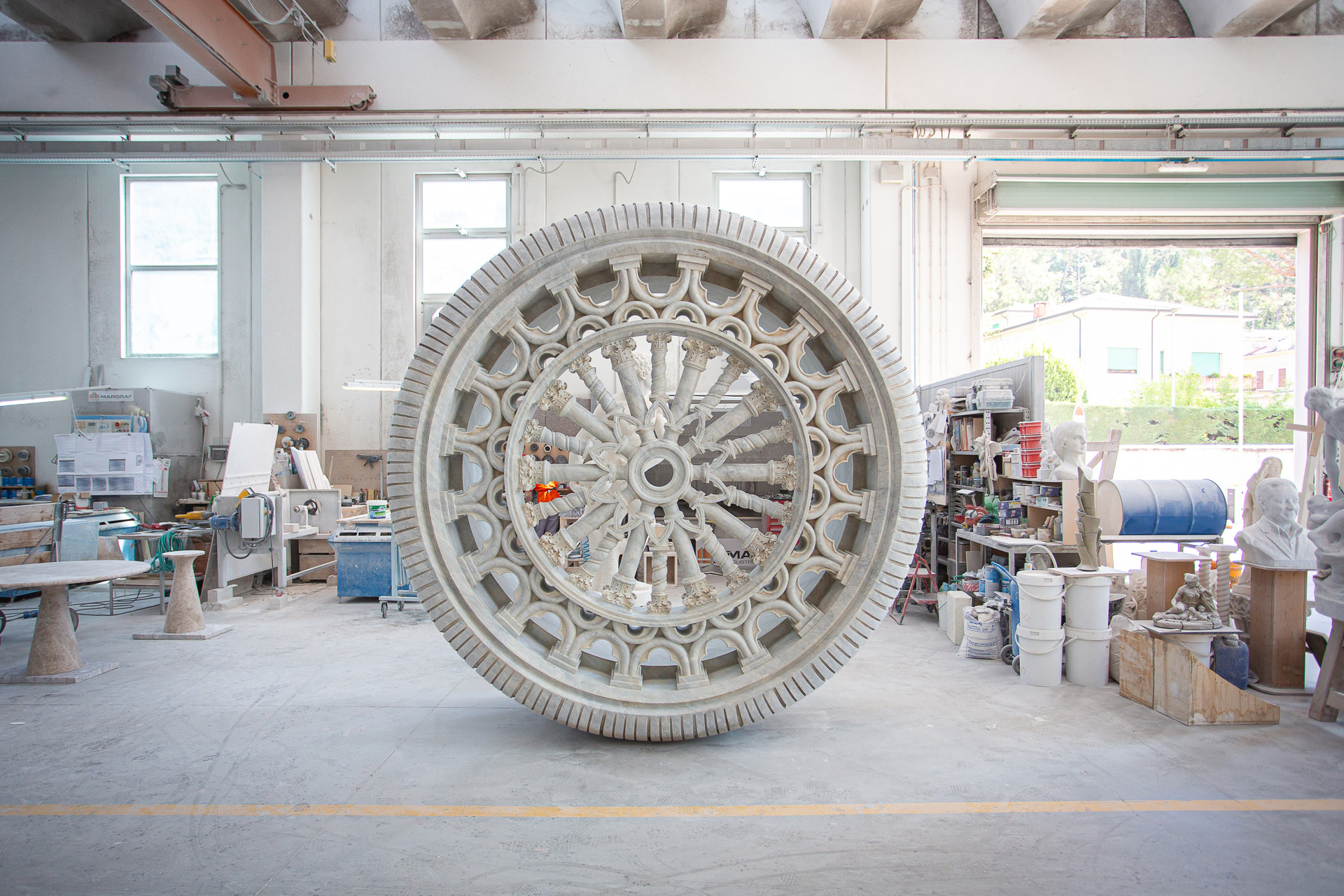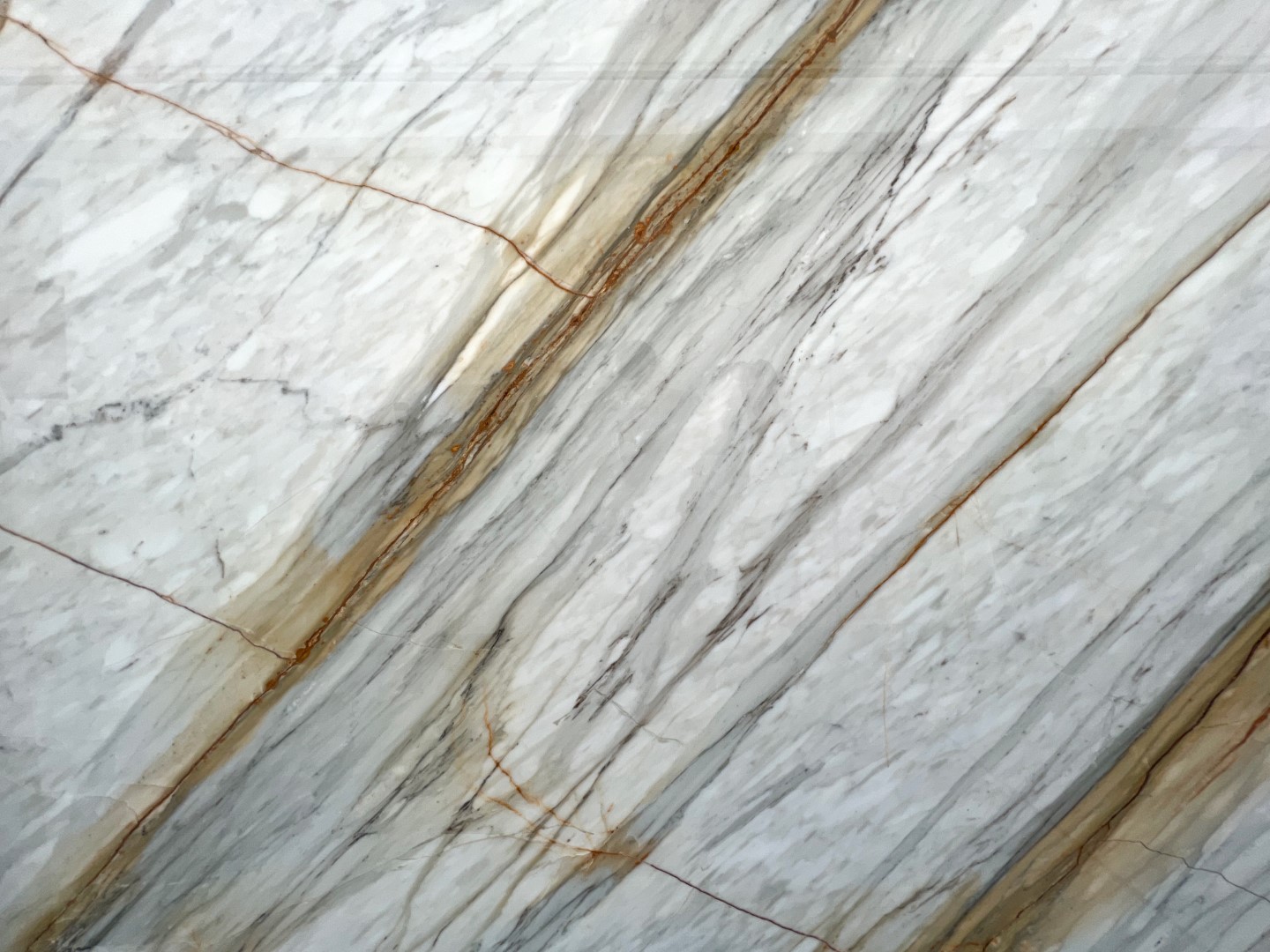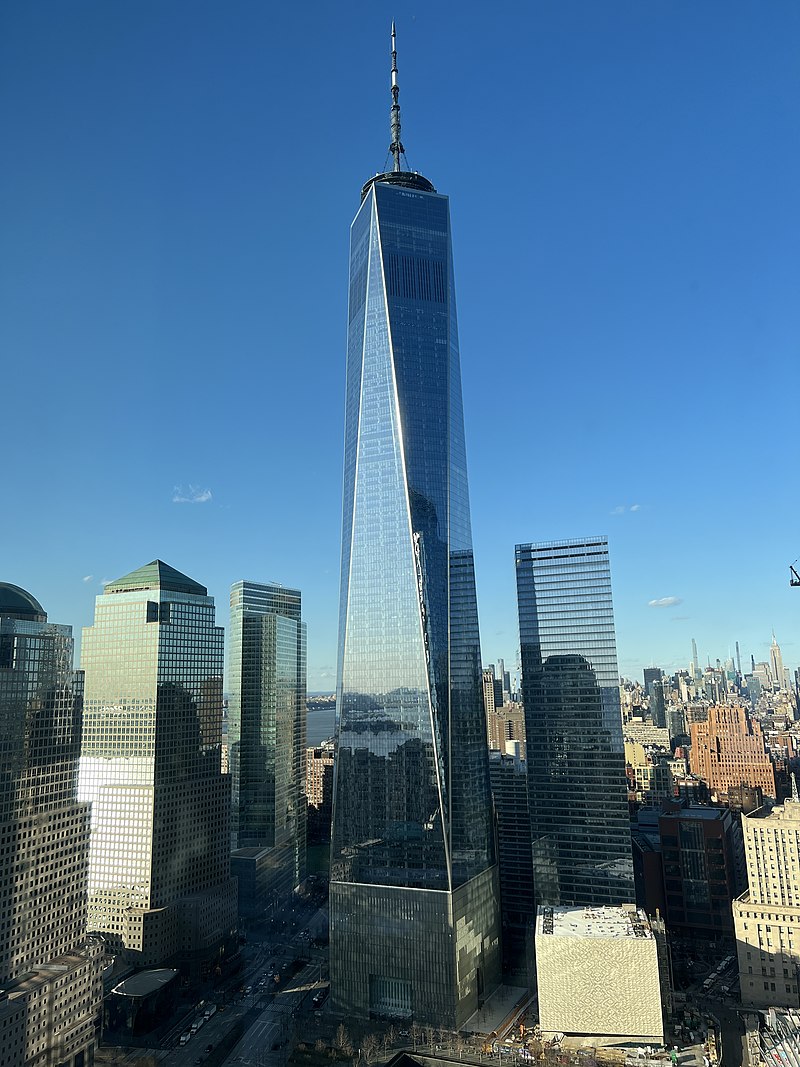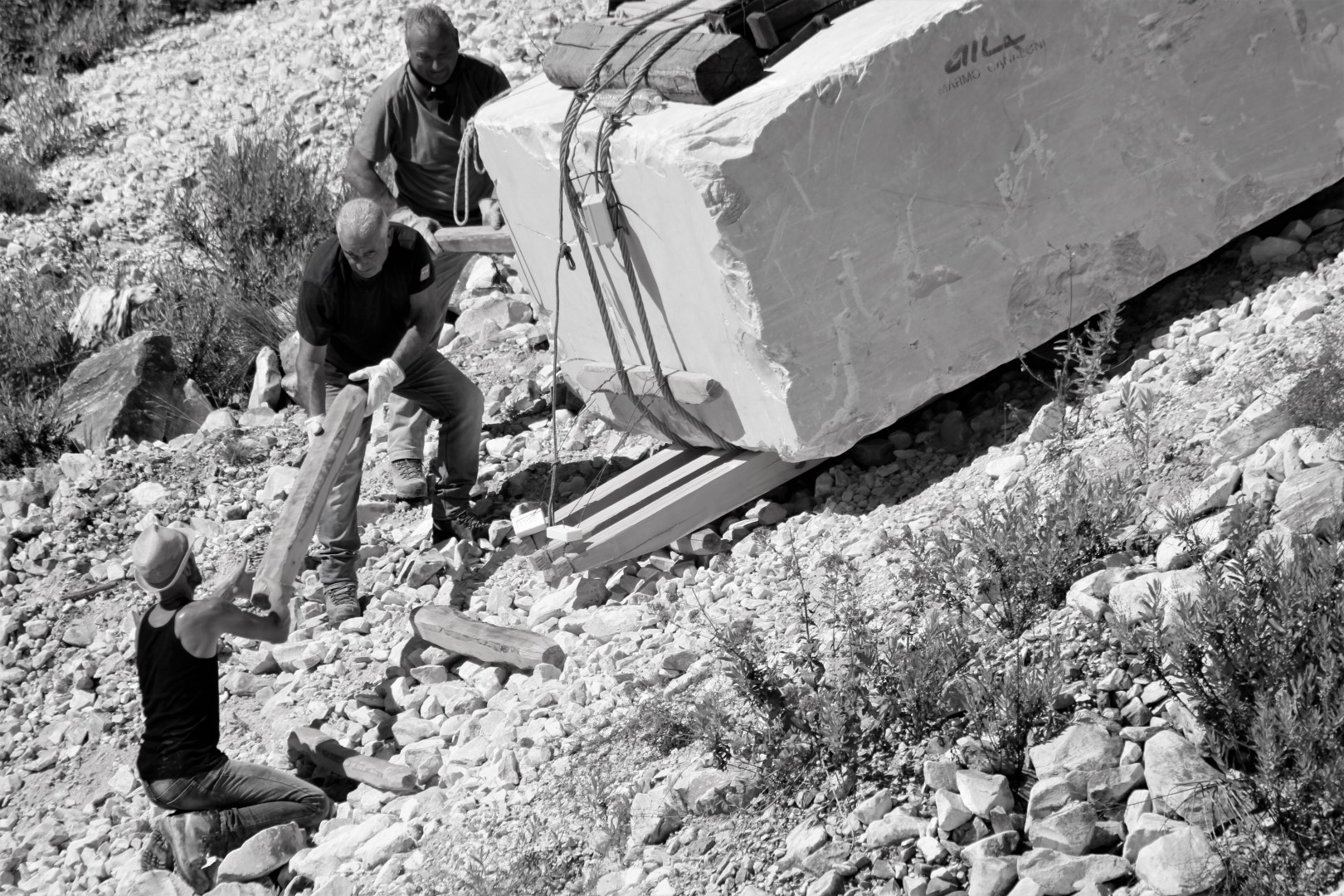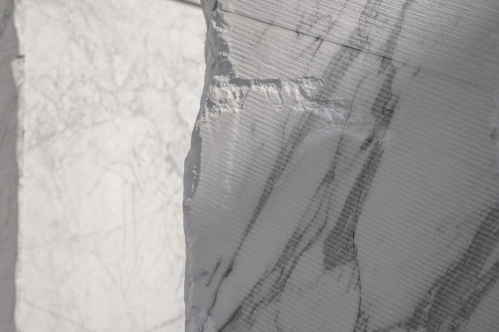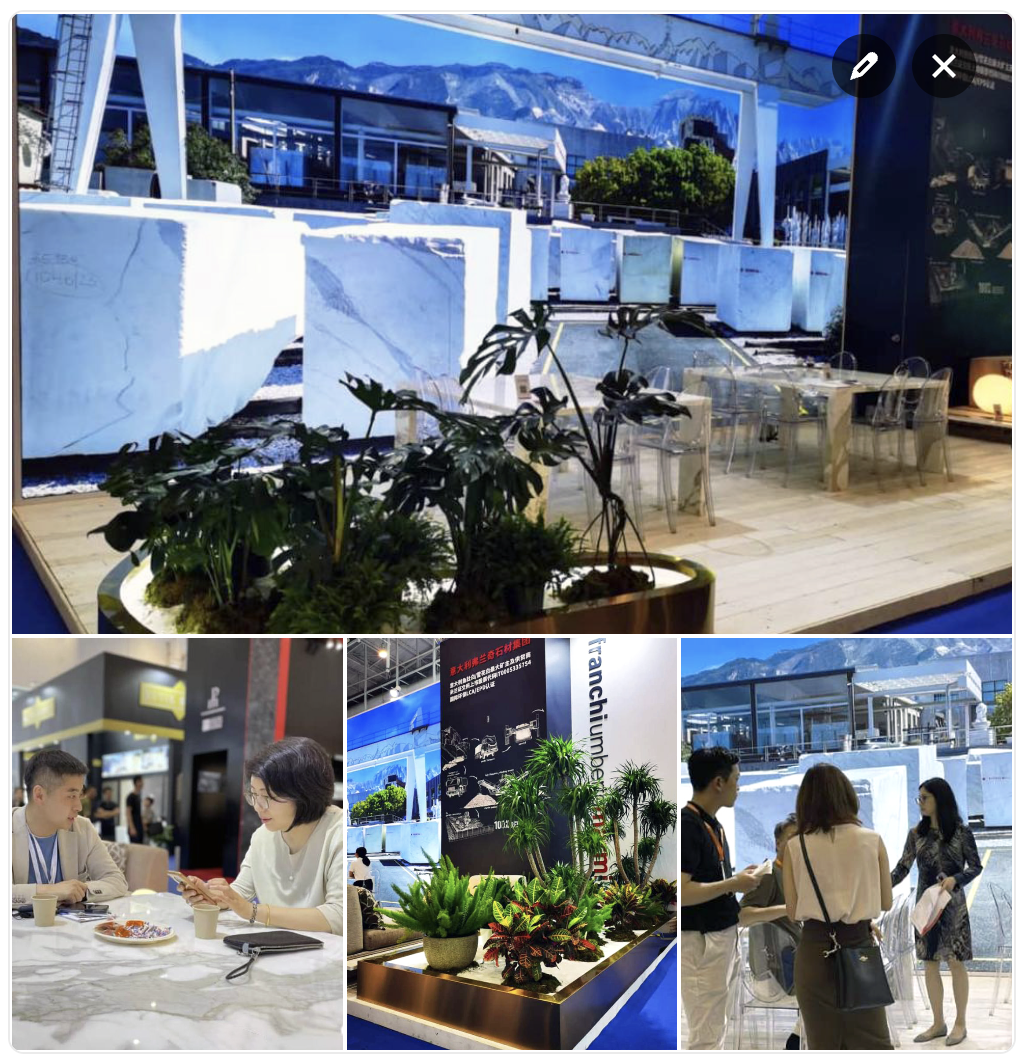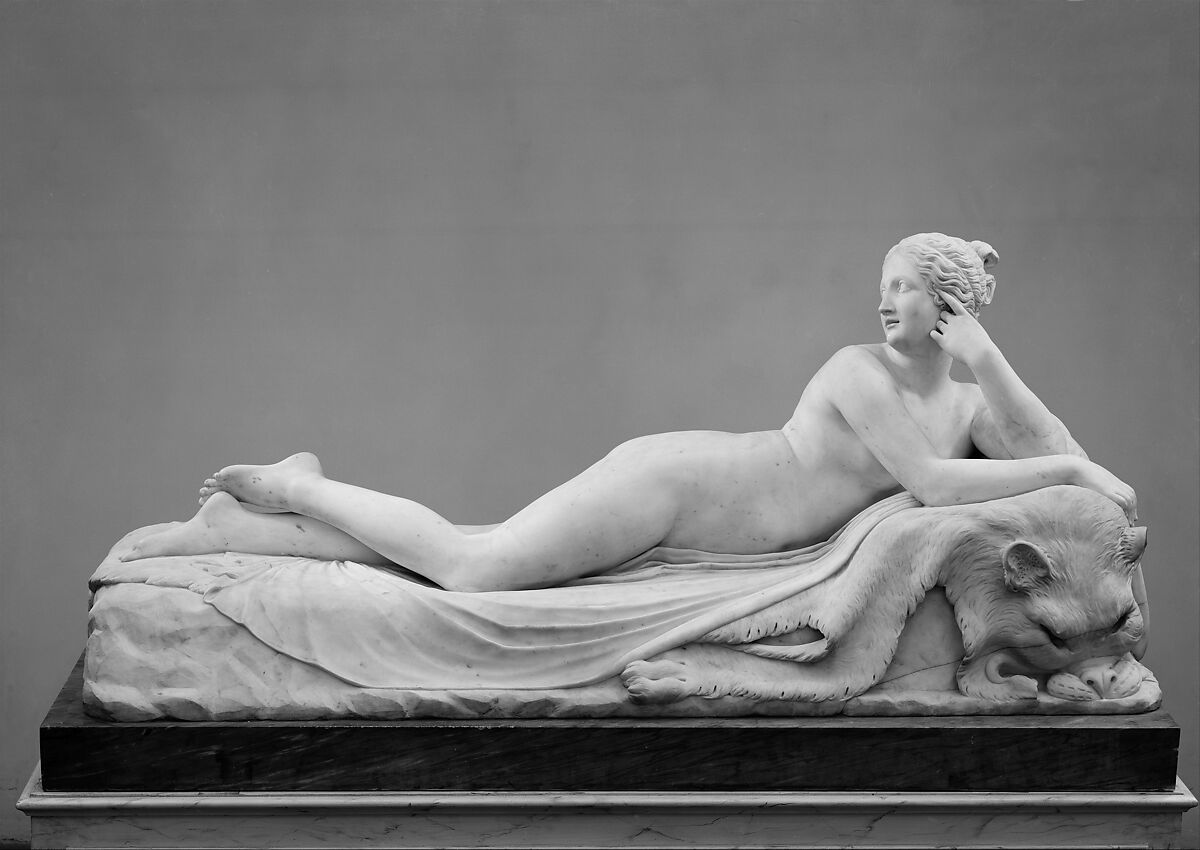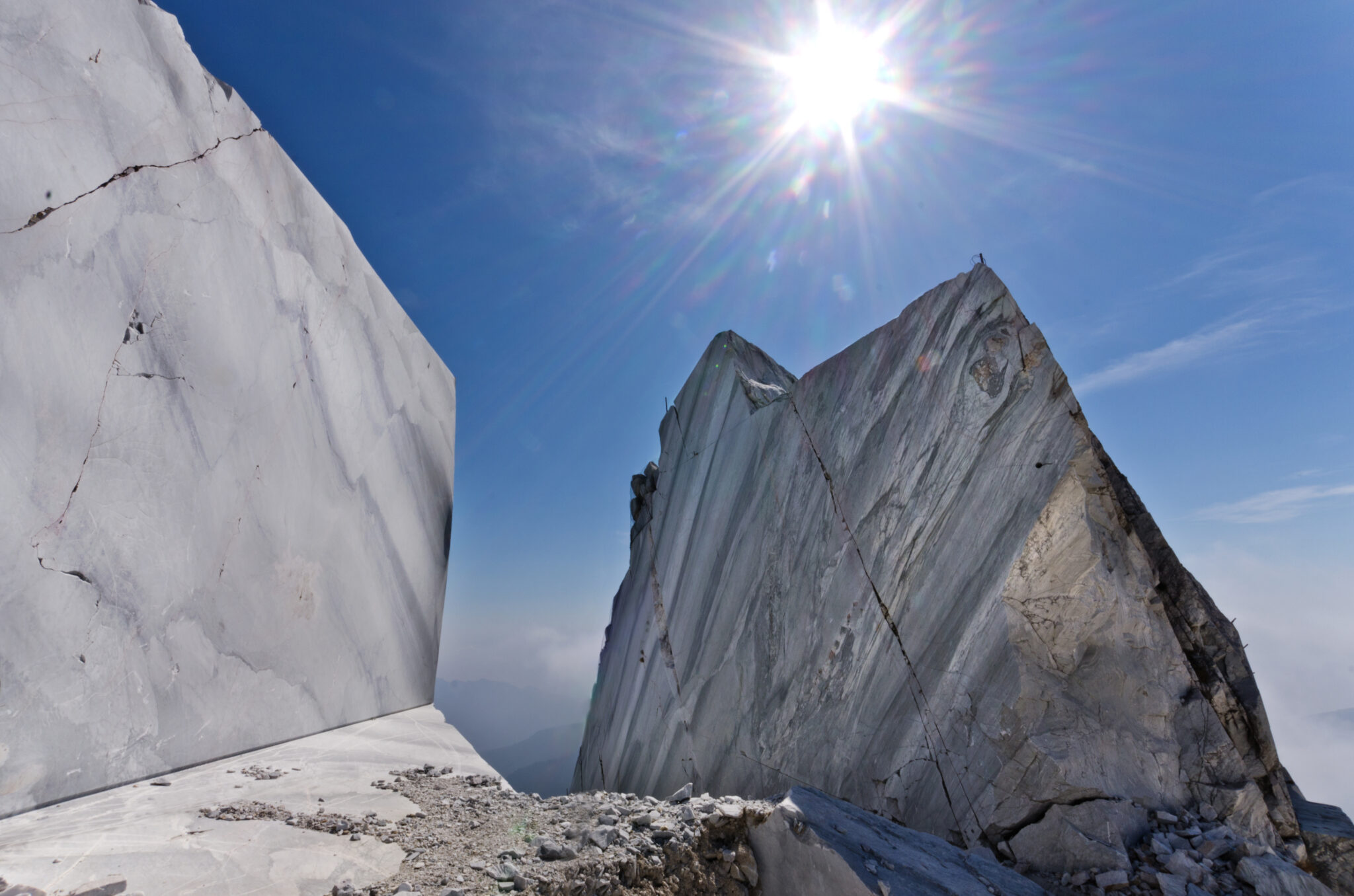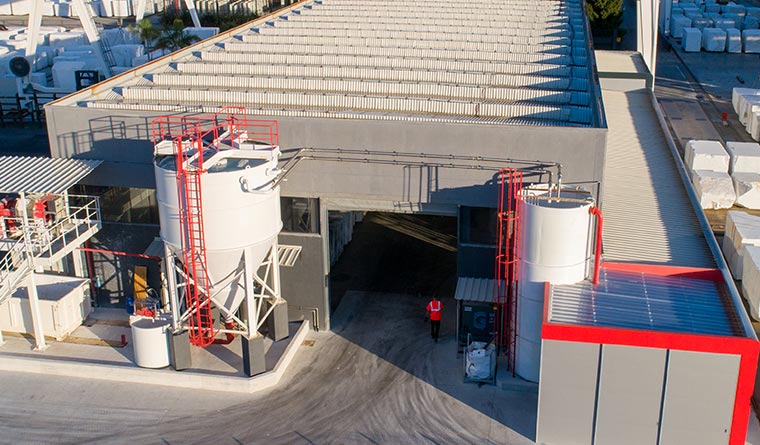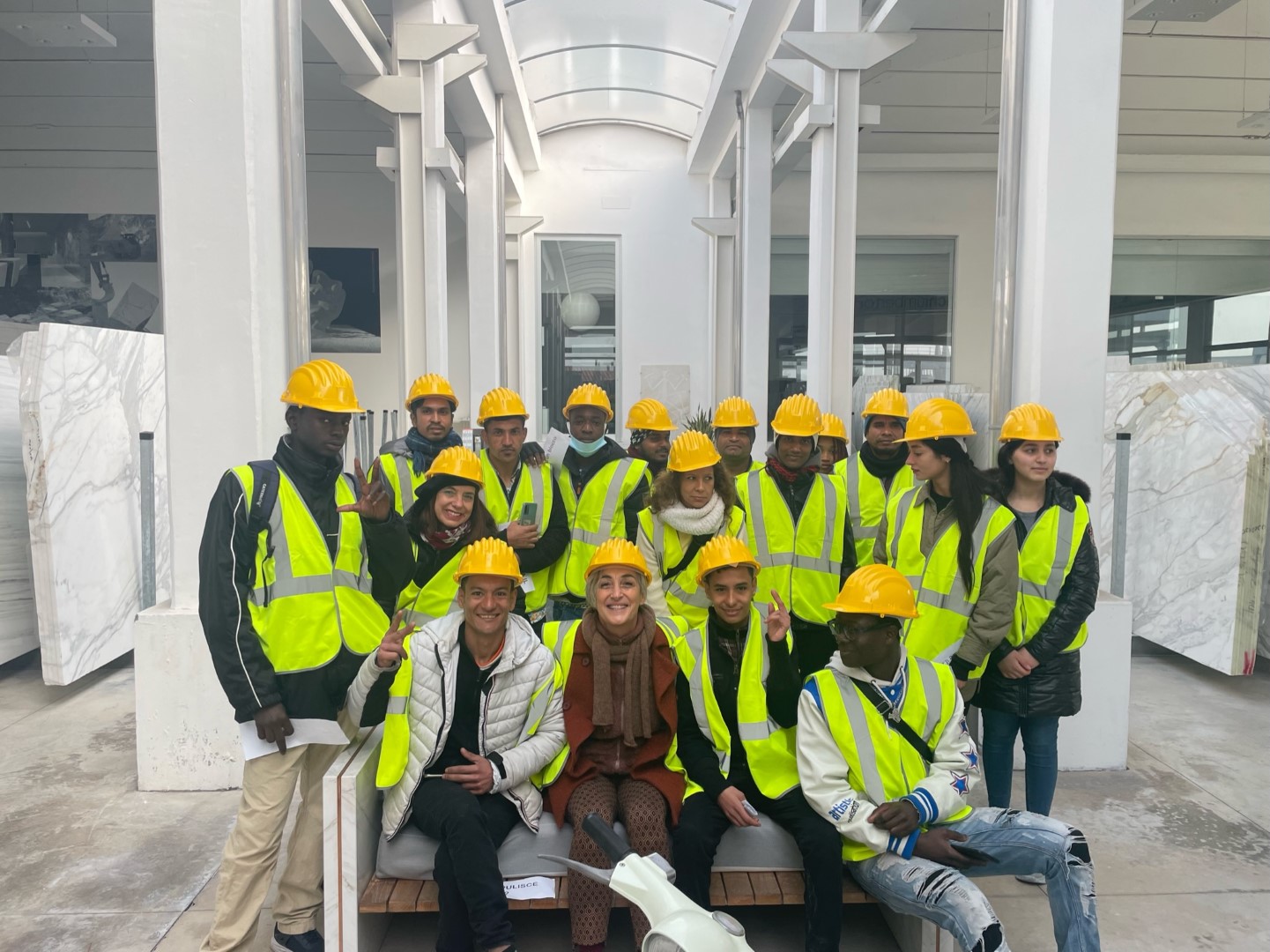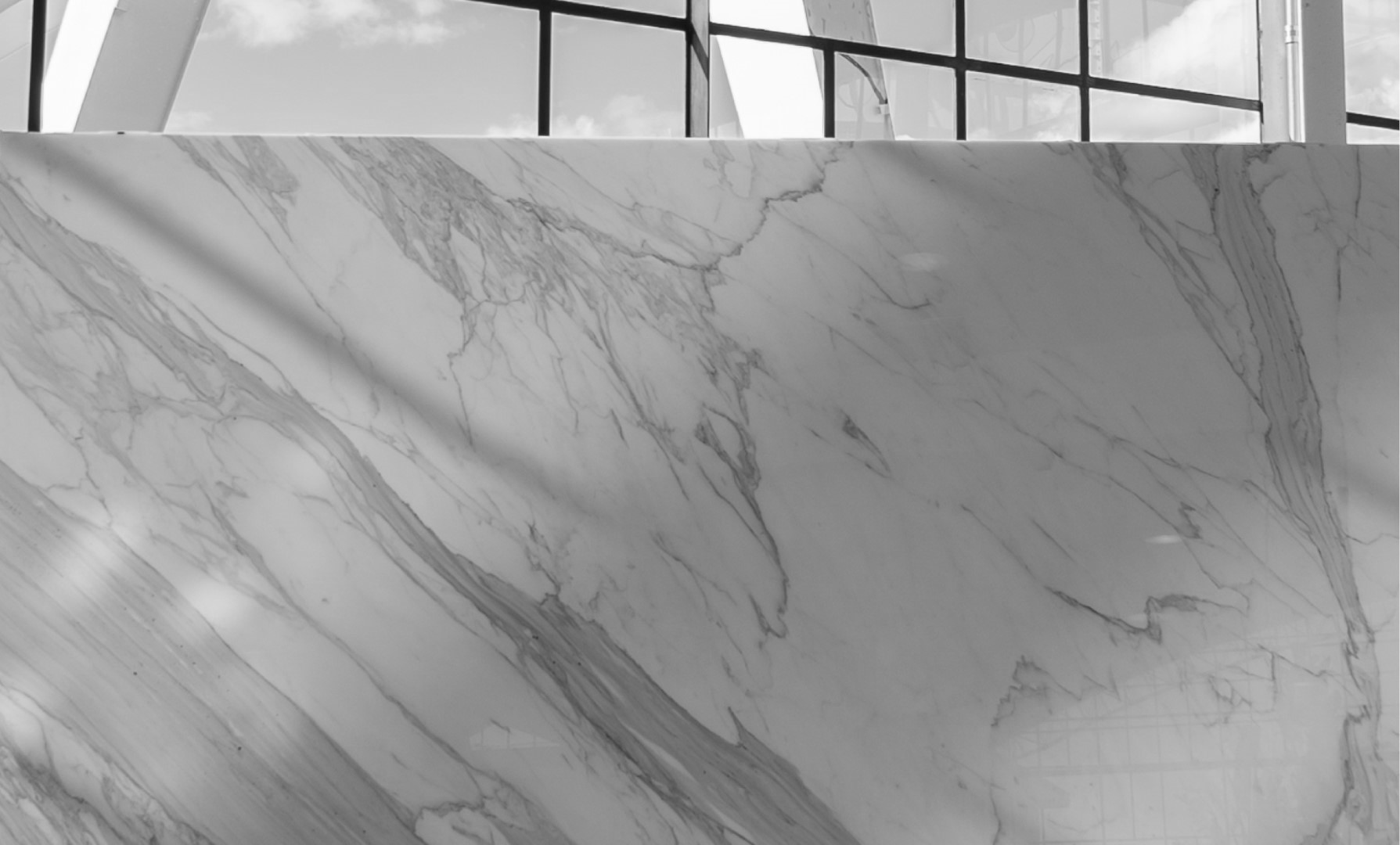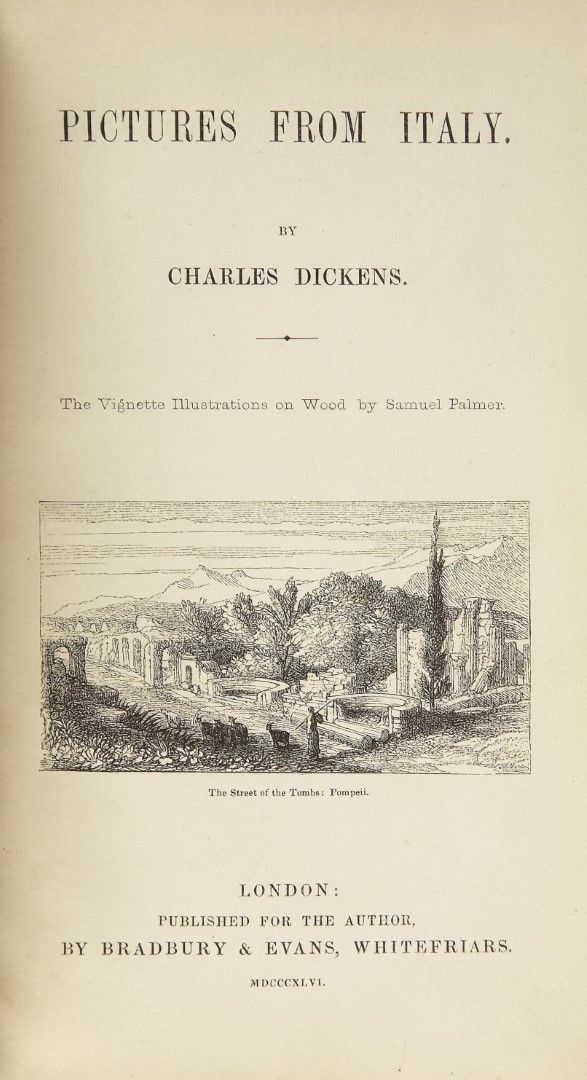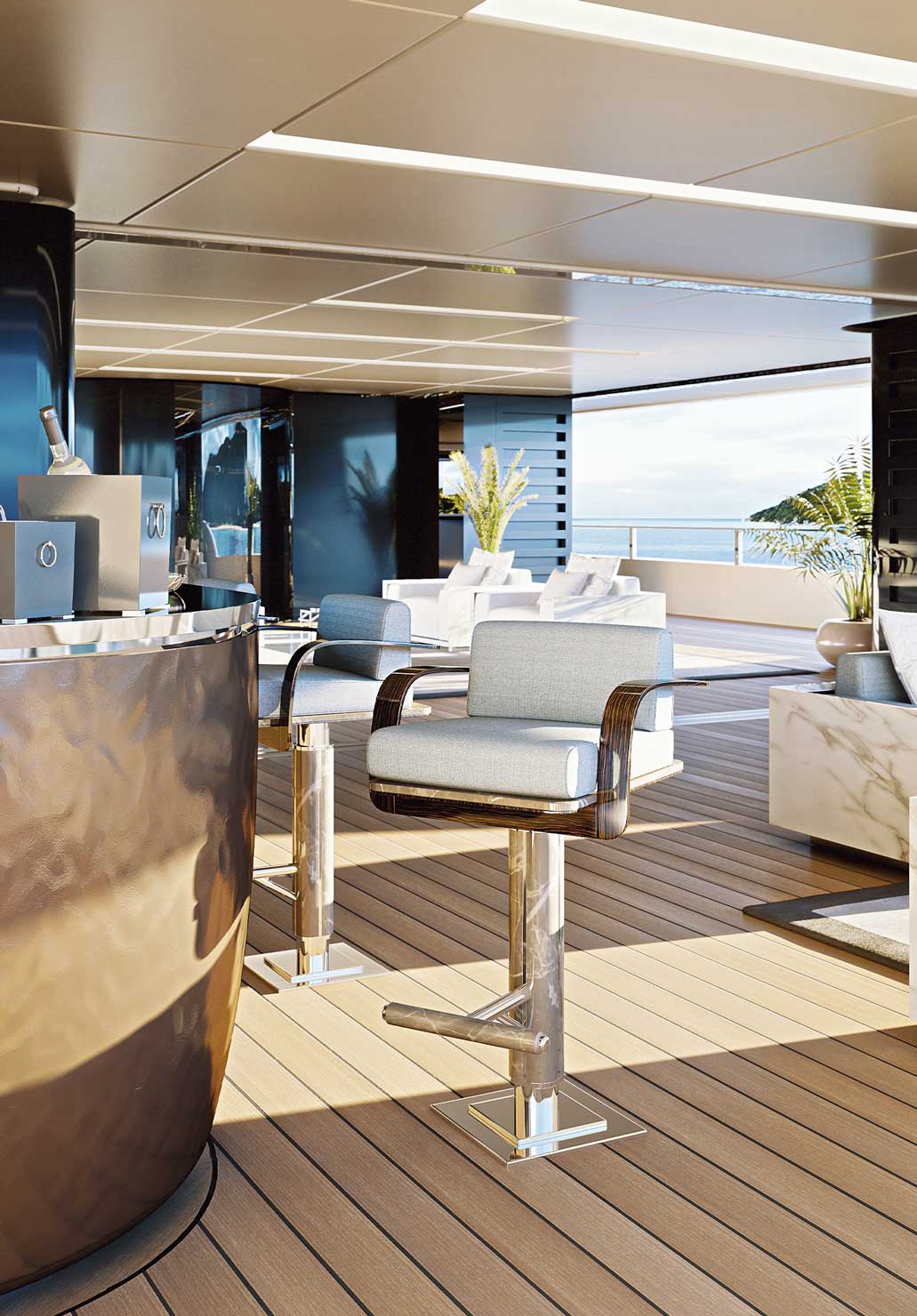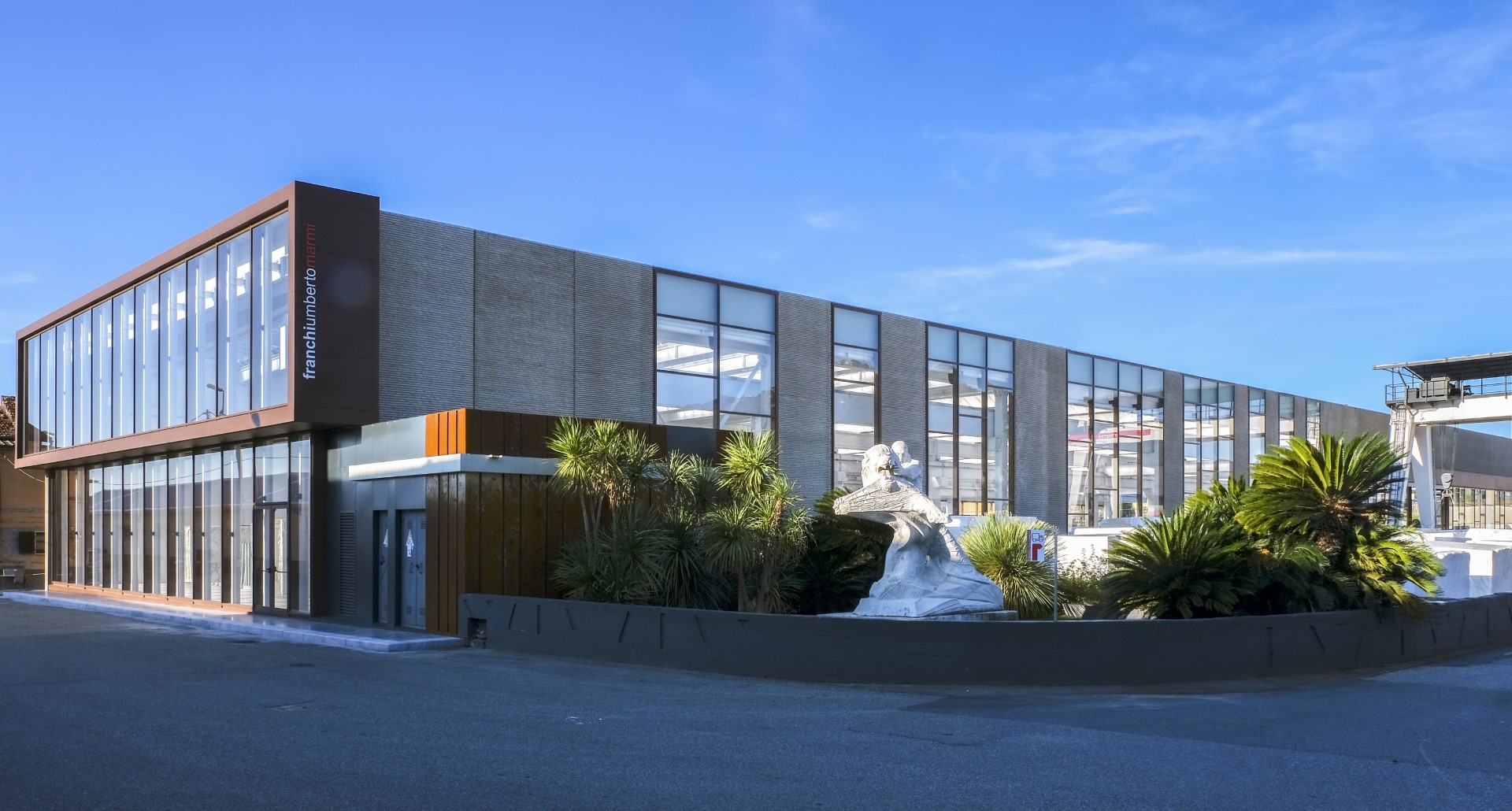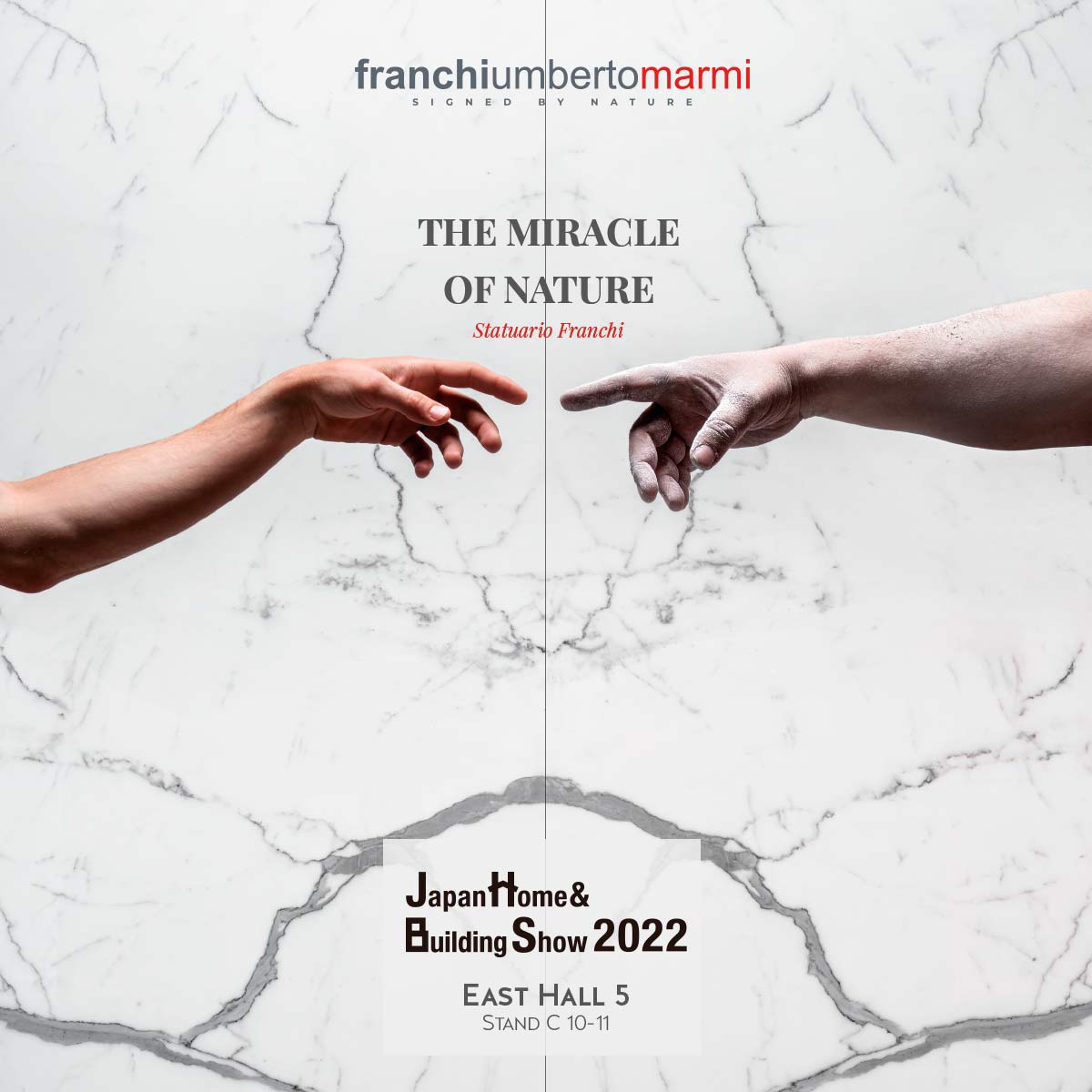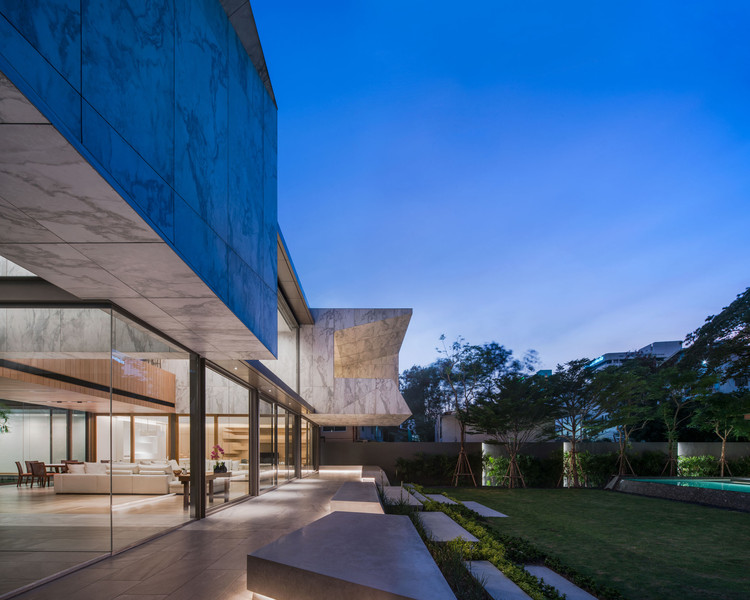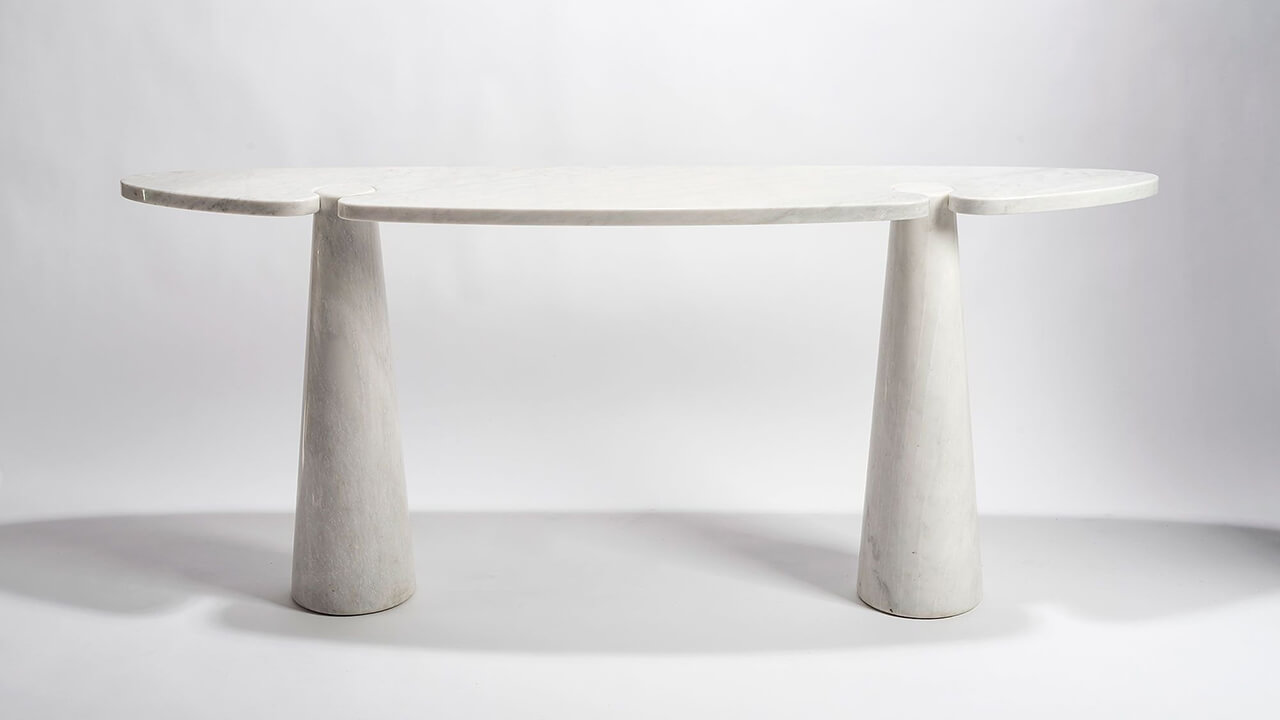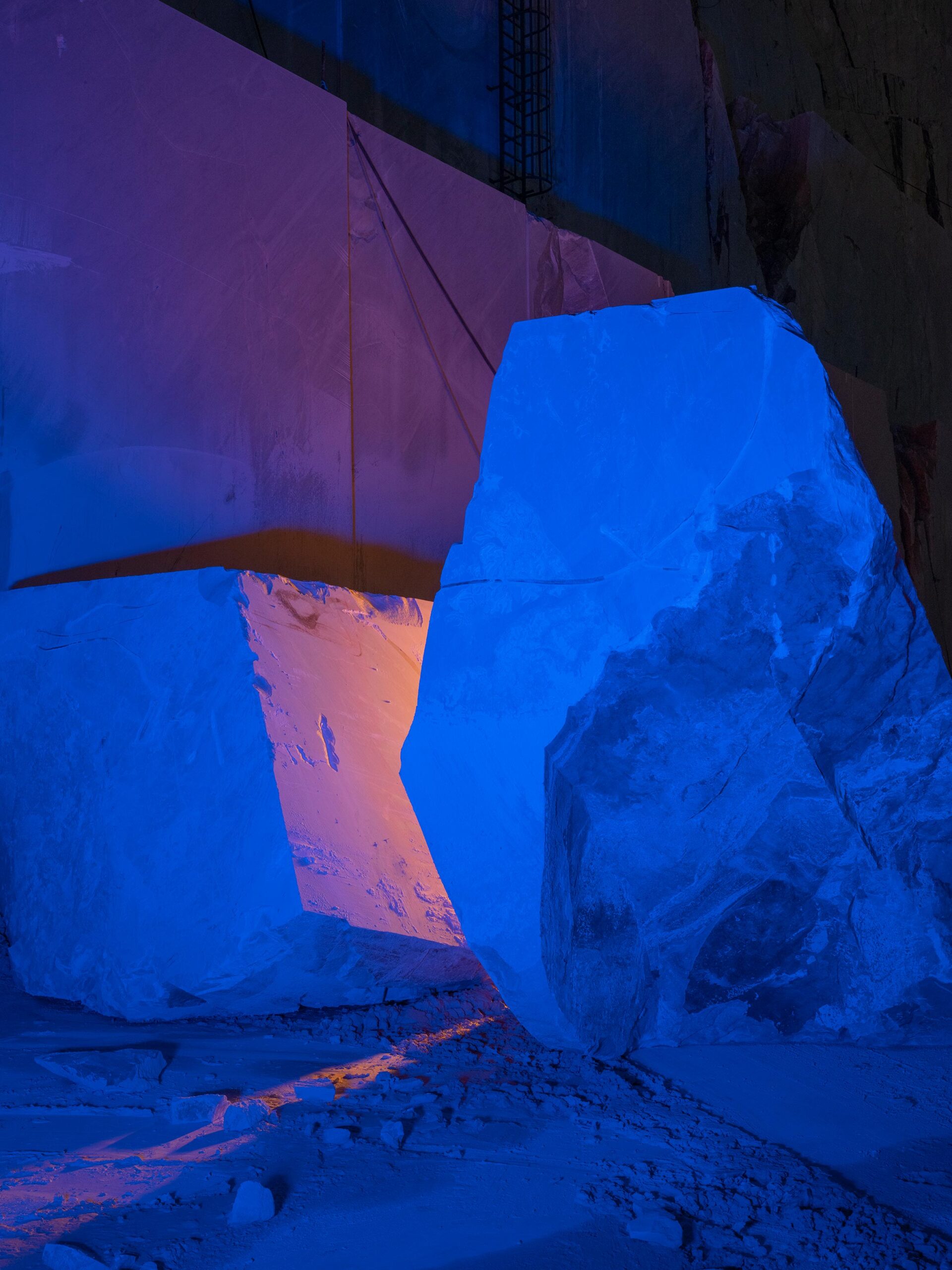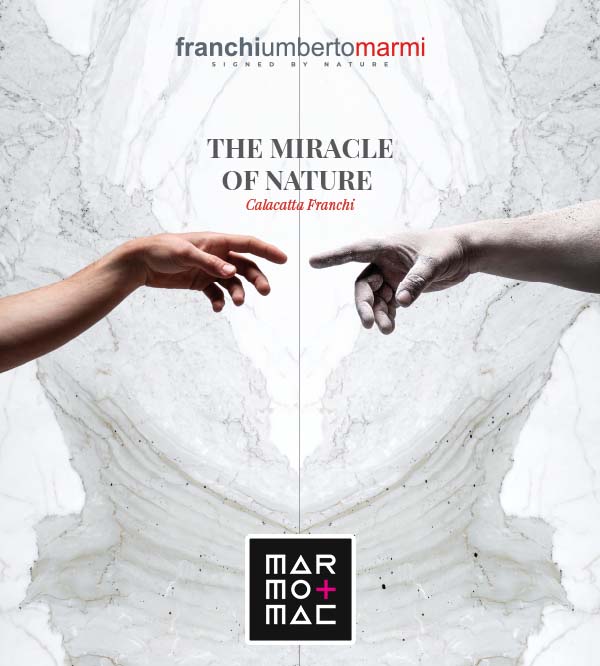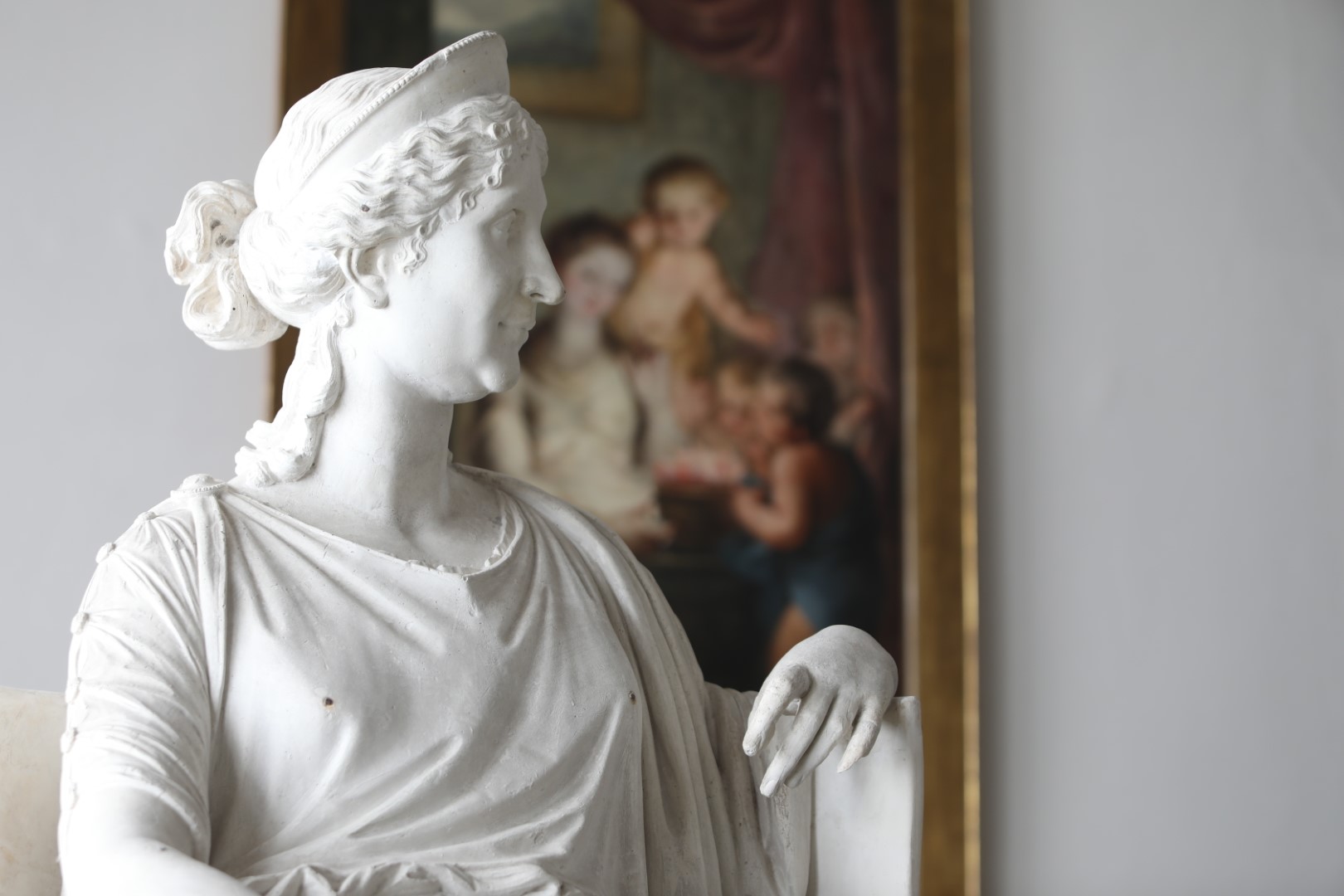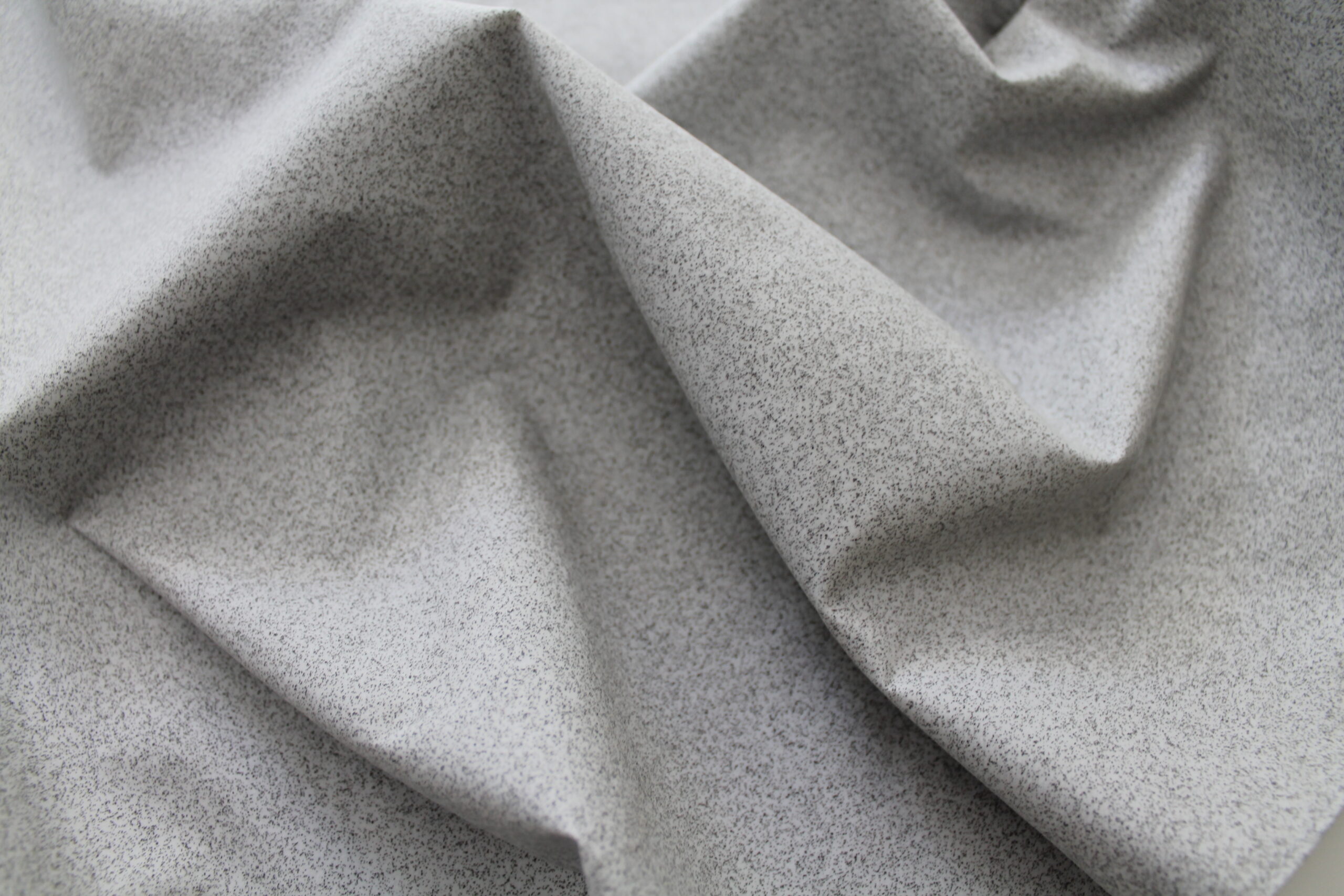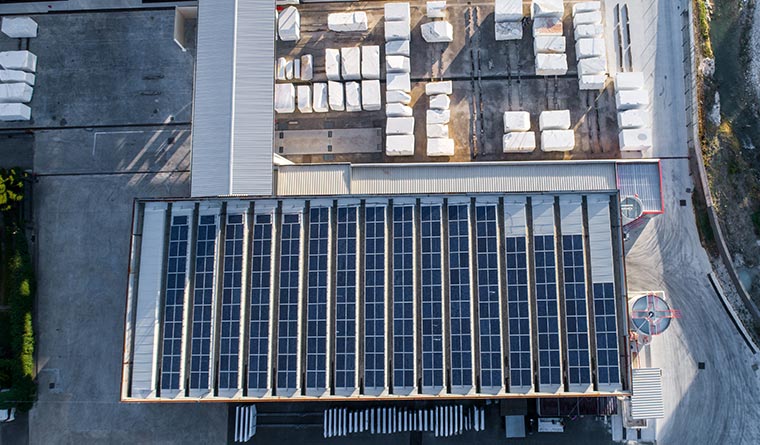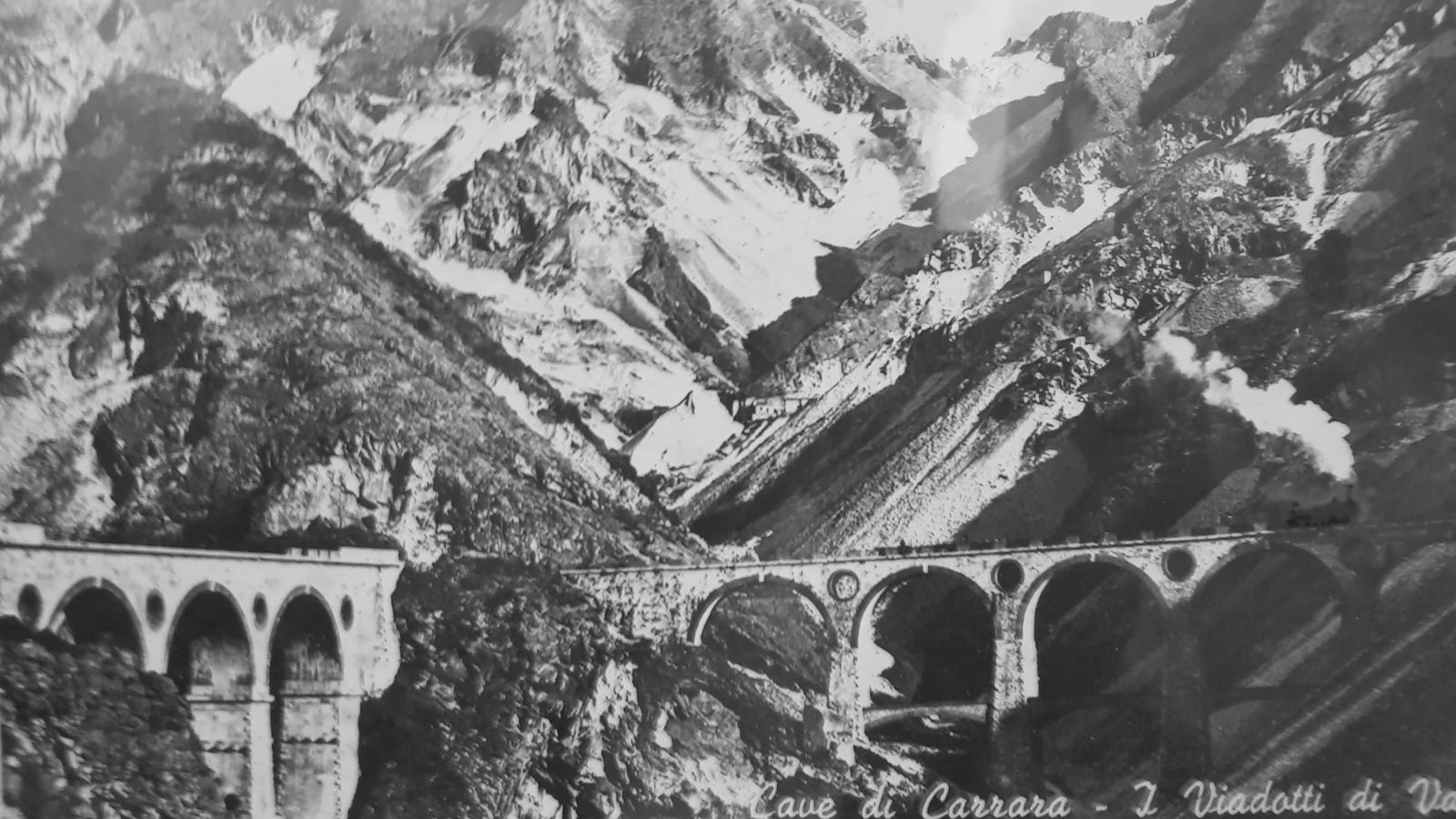Considered one of the most important contemporary art exhibition centres in the South of France, the Mamac was designed by the architects Yves Bayard and Henri Vidal in the late 80s.
It is known today as one of the examples offered by modern architecture of the skilful and successful use of Carrara marble.
Vidal, an excellent engineer, and Bayard, a cartoonist-turned-architect, worked on this project not as a building destined to host artworks, but rather as a work of art in itself, with the idea that it should be vibrant and strongly connected with the urban context, representing the fusion between the outdoors and constructed environments.
The result is this stronghold, made of bridges and points of contact, a sort of Carrara marble quarry that, despite its magnificence, devotes a space to nature’s green, namely the hanging gardens, whose redeeming power is as important for mankind as it is for art.
Inaugurated on June 21st 1990, it is perfectly integrated in the urban fabric of Nice, adjacent to Place Garibaldi and near both the Promenade des Anglais and the old port of Nice.
This post-modern inspired building hosts numerous exhibition rooms and ancillary spaces on its four floors and, despite having recently turned thirty years old, it still expresses a clear idea of architectural contemporaneity, making it an important attraction for many visitors.
It is quite unique how this white building, constructed in pure white Carrara marble has become a must-see for contemporary art, with 1300 works by around 300 artists, among which works by Klein, Arman, Ben, Keith Harring, Nikki de Saint-Phalle, Gilbert & George, Roy Lichtenstein, as well as Fontana, Joan Mirò and Andy Warhol and it is literally a stone’s throw from Promenade des Anglais, one of the major panoramic attractions of the city.
In MAMAC Architecture, Mundanity and Art live together and mutually complement one other.
The architectural structure of the museum whose terraces offer breath-taking landscapes of Nice, recalls a majestic fort, symbolically a safe place, suitable to protect the beauty of the cutting-edge artworks it hosts.
The four monolith volumes, 30 metres high with 20 m base, with walkways that connect them, form an internal octagon, but they are not visible when looking from outside because they appear to be totally disconnected from one other. In fact, it is only once inside the Museum that its original layout can be perceived. In front of the Mamac, looking southwards lies the Teatro Nazionale, which like MAMAC has an octagonal shape and is clad in white marble.
Once again Carrara marble is a symbol of elegance and grandeur, also in the environment of contemporary architecture, where, thanks to its durability and versatility, it always features as a true protagonist.




